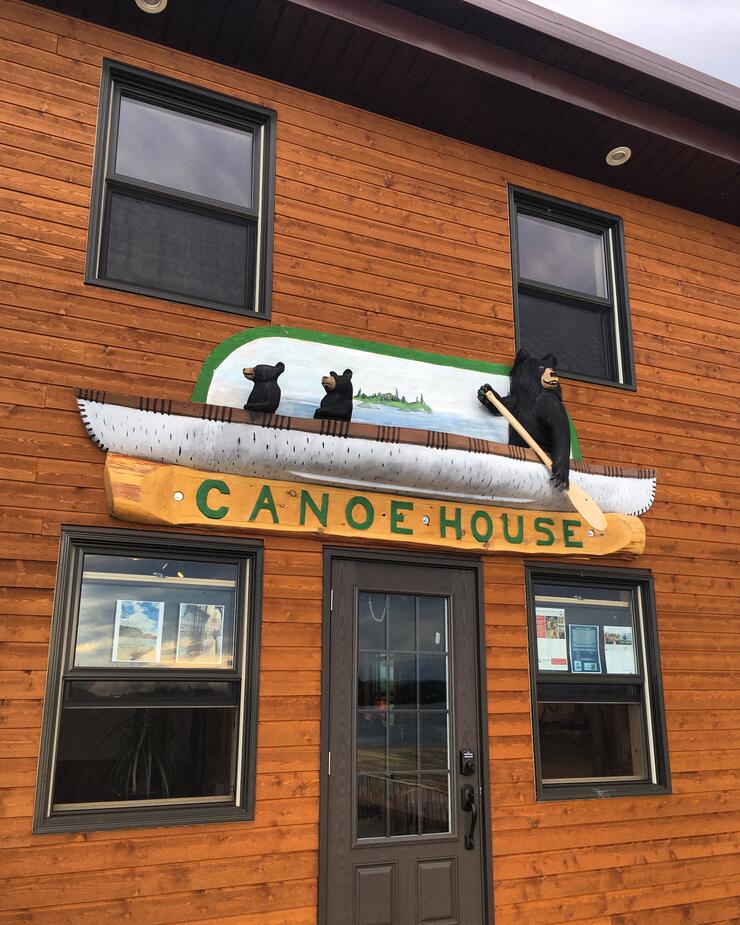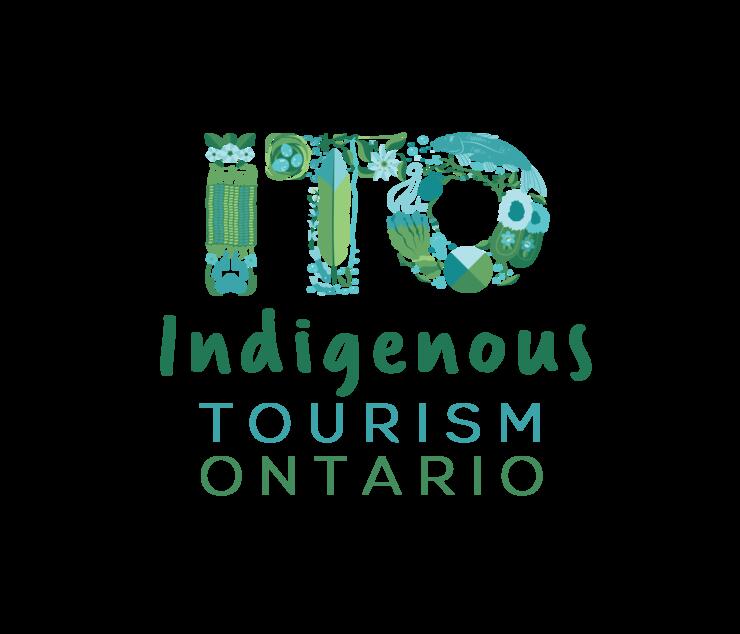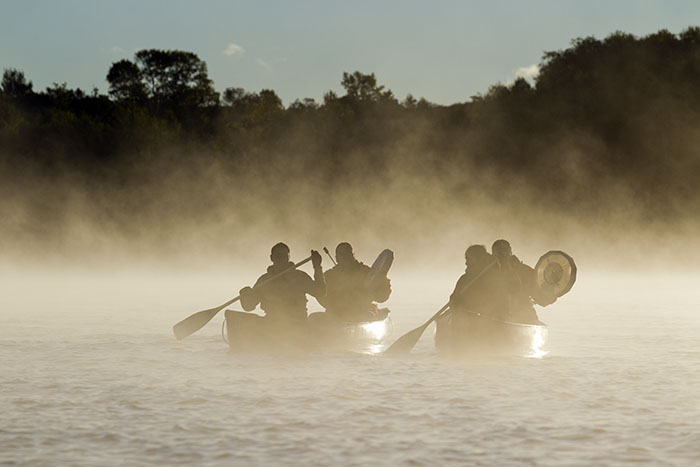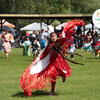
Building Canoes, Building Dreams
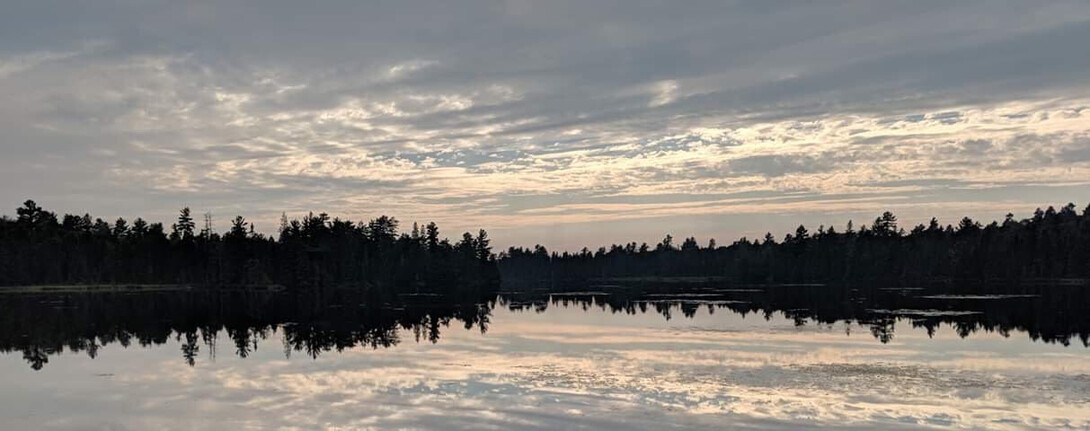
In the summer of 2018, the Temagami area in Northeastern Ontario received more attention than usual. This breathtaking place has long been known for its majestic White Pines, our firmly rooted ancestors, who lean and sway into the wind watching over the land. For decades, Indigenous folks and environmentalists have gathered to protect these giants, but protests and blockades were not the buzz in Temagami this summer. All eyes and ears were tuned in to the raging forest fires that smudged the sky a smoky rabbit fur grey.
But although the fires were certainly centre stage, there was something else with a growing audience in Temagami that captivated hundreds of locals and visitors alike on the lake that summer: the new Bear Island Canoe House.
The Canoe House is a new public space dreamed into existence, not only for passing on knowledge of the birch bark canoe and how to build one, but for passing on traditions and Indigenous knowledge. The goal of the Canoe House is to have diverse cultural activities made available for residents as well as the many cottagers and visiting campers, boaters, and paddlers on the lake.
This dream was made real with the efforts and dedication of the Bear Island Temagami First Nation community, particularly with the vision and leadership of Robin Potts. Robin grew up on the island and has returned home to give back to her community. She is the mother of two now grown-up children who are both experienced paddlers, so she knows first-hand the importance of passing on traditional land-based knowledge to the generations to come.
For the past three summers now, Bear Island has had teams of youth building birch bark canoes, lead by different leaders and elders, and their canoes are creating a stunning collection. The Canoe House came out of the need to house the growing number of these canoes being built on the island.
The Canoe House renovation project started in October 2017 and was finished in April 2018. That summer saw many tourists and locals alike dropping in to visit. The historic building has evolved into a cultural community learning space, whose goal is to preserve and revitalize the Anishinaabe culture and teach others Indigenous ways.
These are the processes involved with Truth and Reconciliation. Without these authentic tasks, the ways to repair what was broken cannot happen. The canoe navigates the waters within the lands that have been altered, taken, renamed, and exploited. Bringing back the stories brings back the truths to everyone, which seem to be embedded in many aspects of the birch bark canoe history.
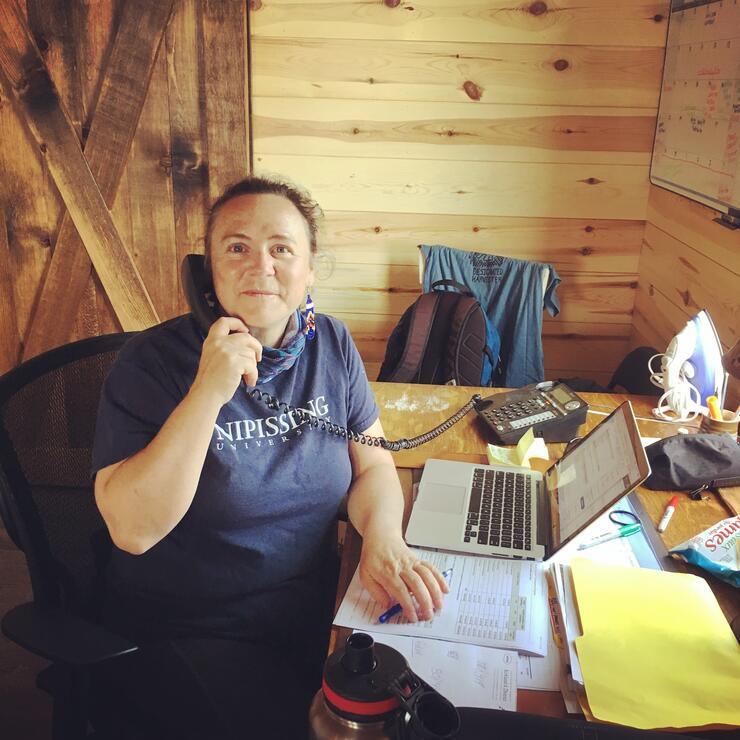
Robin Potts working the desk at the Canoe House
Robin was first inspired to pursue the teachings and history that the canoe could bring to her community in 2012, when John Simser and Adam Wicks-Arshack asked if they could do a birch bark canoe build with the youth on Bear Island. Out of this experience also came a documentary, The Power of the Canoe, which not only highlighted the build, but relayed very important environmental messages.
Robin observed and witnessed the impact of this on Bear Island residents, but because she was working at the nearby Camp Wabun that summer, she couldn’t get as involved as she would have liked to. An educator presently working on her Masters of Education, Robin naturally saw this as a fit for her community, and a way to transfer traditional knowledge. “I thought to myself, we are canoe people, and I thought that building a birch bark canoe would be a good way to go forward to teach our ways. I knew that the canoe was a way to reclaiming and revitalizing cultural knowledge,” she recalls. “There are still some around who remember when the canoes were still being built. It’s only been a generation or two that we’ve been removed from that.”
A piece of history
Situated right on the shore of the island, the Canoe House building has seen many days. Over the years the building has also been a bait shop, a market, and a chip stand. Now, it is a location for the build that is more accessible to the public eye. I asked Linda Mathias, a resident of Bear Island and Temagami First Nation grandmother, what she remembered about the Canoe House, and here’s some of what she had to say:
“The Canoe House used to be known to everyone around Lake Temagami as The Boat House. The Boat House, along with the Trading Post and Warehouse, was owned by The Hudson Bay Company, who came to Bear Island in 1876. From the Boat House, canoe trippers could be completely outfitted and the Bear Island First Nation Guides were available. When I was growing up in the community, you would hear the elders talk about their long canoe trips to James Bay or Hudson Bay. Bear Island was one of the main arteries of the boat travel on the lake. It sure is nice to see that part of our Island come back to life in such a good and respectful way.”
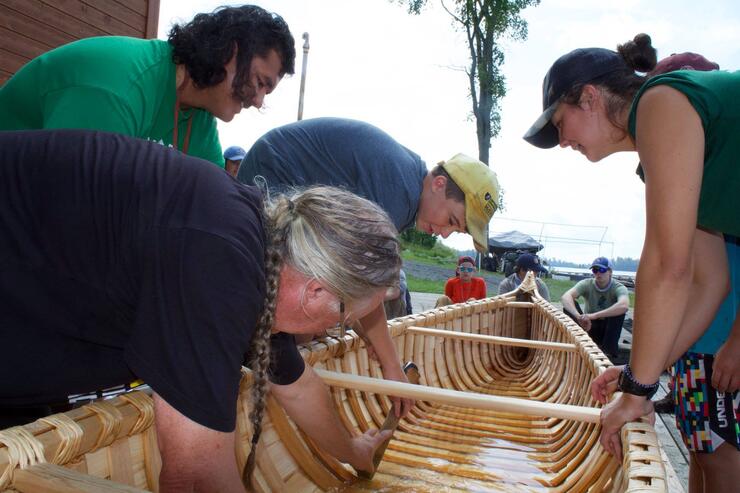
Elder Marcel Labelle leading a canoe build
Linda wasn’t the only one to be thrilled by the Canoe House this summer. The response from the locals and the hundreds of paddlers and cottagers who flooded in to see the new space was overwhelmingly positive. I recently had the chance to ask a few of the visitors about their experience visiting the Canoe House this summer, when elder Marcel Lebelle led the canoe build, and everyone shared similar positive vibrations.
Kay Chirnook, a winter resident of Costa Rica, spoke about how she and fellow staff from Ojibway Lodge on Lake Temagami had the good fortune to visit the Canoe House between thunderstorms: “We arrived to a busy workshop just days before the launching of the birch bark canoe and its inaugural trip on the Missinaibi River. We were fascinated. The shop smelled of fresh wood and the canoe glowed with new life. Although the Canoe House wasn't even officially opened yet, we knew we would be welcoming an annual summer trip down the lake to visit this new adventure of the Bear Island community.”
Walter Ross of Toronto, a long time Lake Temagami cottager and Bear Island friend, shared this: “I cannot recall so much positive activity at Bear Island as this summer centered at the Canoe House. Every time I was there a canoe trip was visiting, learning about the canoe build and making new friends. On the launch day, Marcel’s words celebrating the history of canoes and travelling together was the best reconciliation speech I have heard.”
Walter’s daughter Sarah Ross, in from Vancouver, was also blown away by the Canoe House, and called her experience welcoming and electric. “People were working, designing, silkscreening, planning events, learning and sharing different skills, all at the same time as welcoming visitors from all walks of life. And not to mention they were building an actual canoe—like, from the land, and from traditional skills!”
Having grown up going to Bear Island her entire life, and now sharing it with her own child, Sarah went on to describe the impact of the newly transformed building: “I was struck by the transformation of the building itself. From an old, run-down waterfront shack, to a glimmer of a vision, and now Canoe House: a reality of learning, pride, and seeds of deep healing. It really is a front line—a place where artists, knowledge holders, and everyday people as well, help to translate, and to settle and unsettle our ideas of the past and the present.”
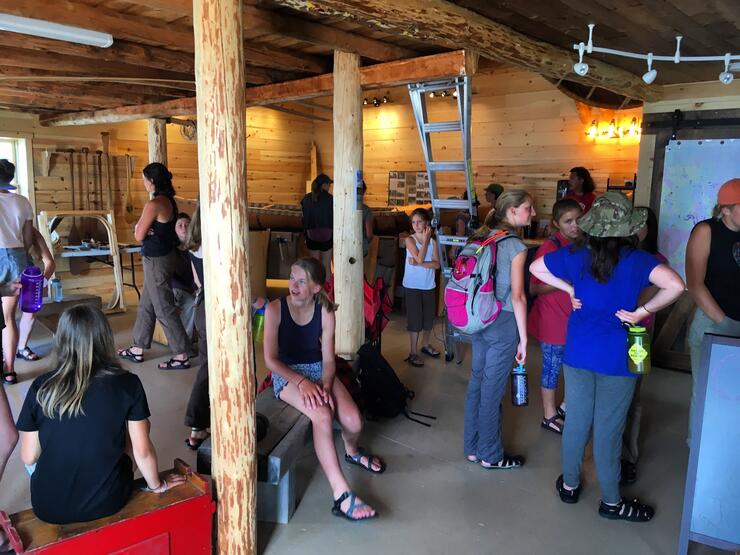
Visitors at the Canoe House
Robin Potts began the birch bark canoe building project for Indigenous youth in 2016, not only to grow the canoe culture, but knowing that any sort of traditional project meant working closely with the land and with each other. She realized the positivity that would come with a community project. People would be able to come and go as they pleased, and they wouldn’t feel pushed. She also knew that the canoe builds would be a conducive way to include anyone who was touring the area. All are welcome to join in on the learning experience.
During the first year of the project, the build drew the attention of American filmmaker Derrick Lamere. Now a documentary has been made of the experience called Makwa Jiimaan: Deep Water, Deep Roots. Documented are the harvesting of all the materials necessary for building the canoe—spruce roots, cedar logs, and large pieces of birch bark—all the way to the finished canoe. Lamere stitched together the beautiful revitalization unfolding in the canoe culture on Bear Island.
The documentary shares the stories and lived experiences from the youth involved in the project. Their expressions of cultural understanding and the growth they underwent during the build are profound and a testament to the worth of the project. There is no doubt after watching the documentary that the project is so much more than building a birch bark canoe. It’s about the layers and layers shed as well as grown, the rejuvenation, and the deep learning that comes with any community project.
More than just paddling
So it is that the birch bark canoe is becoming a vehicle for much more than just getting around by paddling. It's reviving the language, it's bringing back some of the old teachings about harvesting, about working together, about the development of this country, and more. It's giving a voice to youth, as well as an opportunity to connect with their ancestors and the stories of the past. It's also brought them not only new skills but a greater sense of self-worth.
Some of the people involved in the build have already gone on to do great things. One is Aleria McKay, our present Miss Ontario. At the canoe launch, she spoke about how the build helped her become more confident, and how she has now found the strength to speak out about suicide. Jessica Frappier, another youth involved in the build, has made a short film involving her ancestry.
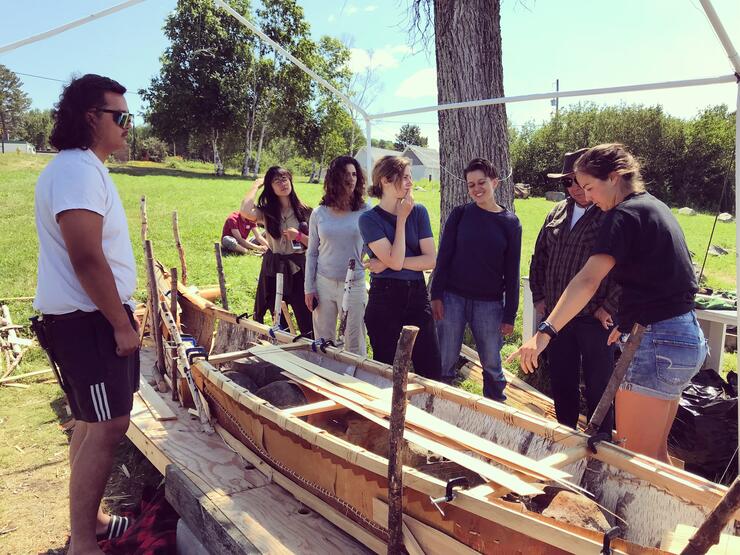
Demi Mathias talks about the canoe
Another is Demi Mathias, now doing her Master’s degree on the canoe, who was part of the team that worked on the build this past summer in the new Canoe House. “As an Anishnaabekwe and youth in the community,” she says, “it was great to see the support of the canoe builds happening out of the Canoe House this summer, as well as the support from the community to continue cultural initiatives! There is so much history within the Canoe House, and to see it renovated and used as a cultural space is benefitting my community.”
Robin Potts speaks passionately about the canoe revitalization project. In talking with anyone about it, she always acknowledges how it connects us to the land, the water, and the knowledge that’s in the Indigenous history of her people and the history of the fur trade. “It symbolizes a way to provide a way to have the conversations in moving forward, so we can acknowledge who we are and how awesome we are as people. We are so bogged down by emotional and historical trauma that it gets in the way of accepting who we are, and this will impact our world view. Going forward, if we want to save this Earth we need to look at traditional Indigenous ways. We’re talking about a smaller local project that can be brought to a global level, and the canoe build can actually provide a way to have educational conversations.”
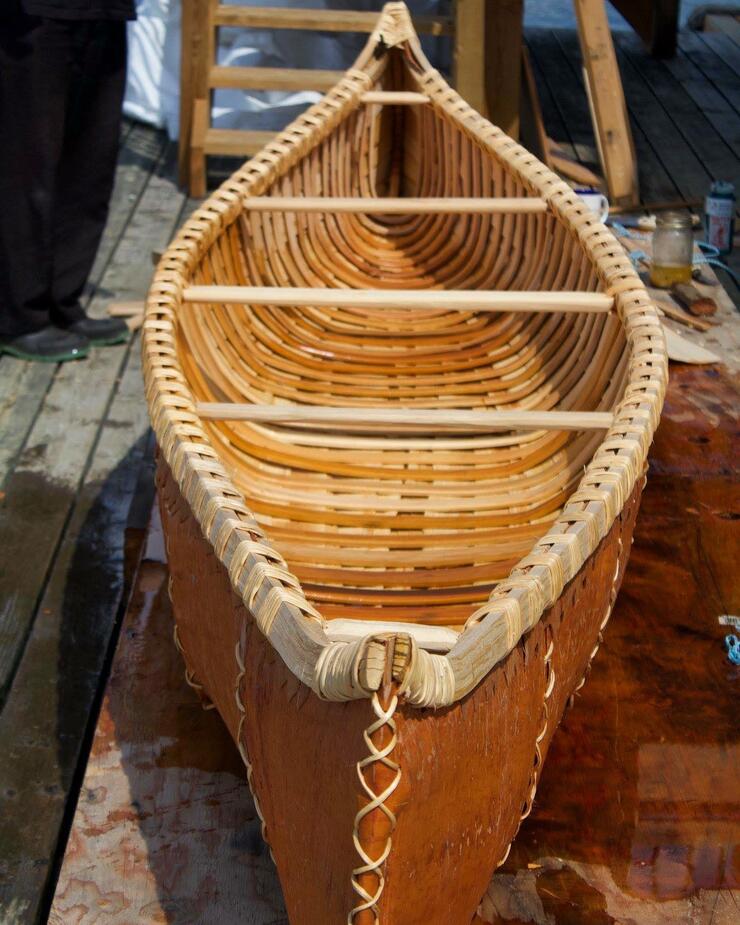
A completed canoe (photo: Robin Potts)
When people work together, side by side, conversations and sharing of stories naturally unfold. The handmade, the art of this making, isn’t just about the canoe. It arouses memories, it makes space for getting to know the person working beside you, it’s community dreaming.
This birch bark canoe building revitalization is a radical move forward in Indigenous culture— and just as the canoe gently glides and kisses the water, the birch bark canoe is softly drifting into many people’s dreams.
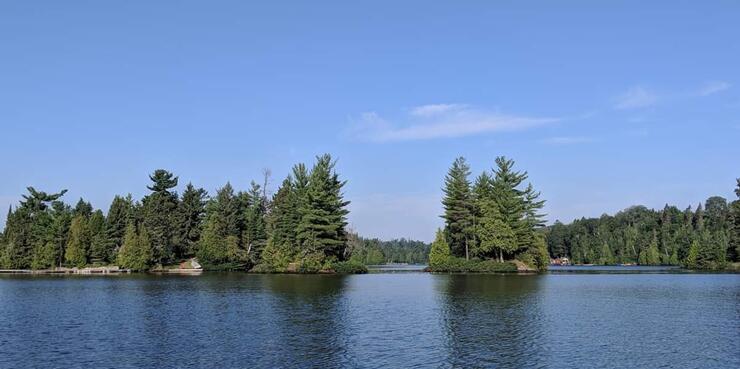
Visiting Temagami
If you are out for either fishing or adventure, here are some great lodges to stay in when visiting Lake Temagami: Linda's Wigwams Bear Island, Thunder Pipe Lodge, Deepwater Lodge, Loon Lodge Resort, Ojibway Family Lodge. For more info, visit the Temagami First Nation businesses website.
If you would love to canoe and travel by water but you don't have the gear, Temagami Outfitting Co. has everything you need for a great trip in the area.
Recommended Articles

Ontario Pow Wow Calendar: 2024 Edition

Indigenous Restaurants in Ontario
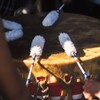
Powwow Road Trip 2024
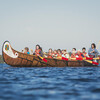
8 Indigenous Tourism Experiences To Book in 2024

Paint it Bright

Sister Bear Designs

Raven Rising
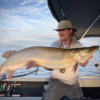
7 Indigenous-owned fishing experiences in Ontario
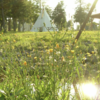
Dreaming of summer vacation?
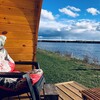
6 Indigenous-owned Accommodations in Ontario
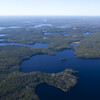
The Land That Gives Life
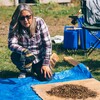
Anishinaabe Wild Rice Experience
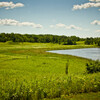
Where Ancient Knowledge Lives On
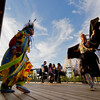
13 Indigenous-Owned Businesses to Visit on National Indigenous People's Day—and Every Day
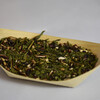
Think Outside the Teapot

Inspired by Nipissing
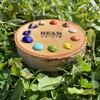
Undeniably Good Paint
Indigenous Theatre and Art on Manitoulin Island

Wake the Giant is the most important music festival you'll see this year



